Clear All
Generation of electricity at speed breakers
Sale!37%
Original price was: ₹2,884.00.₹1,803.00Current price is: ₹1,803.00.
5 in stock
Description
Additional information
Reviews (0)
Q & A
Generation of Electricity at Speed Breakers
Introduction
The Generation of Electricity at Speed Breakers working model demonstrates an innovative way to convert mechanical energy into electrical energy using the motion of vehicles. This project introduces students to renewable energy concepts and energy conservation, showcasing a practical application of converting wasted energy into useful electricity.
Components and Materials
- Speed Breaker Mechanism (Spring or Lever-based) – Simulates the movement of a real-world speed breaker.
- Dynamo or DC Generator – Converts mechanical motion into electrical energy.
- Rectifier Circuit – Converts AC from the dynamo into DC.
- Rechargeable Battery – Stores the generated electricity for later use.
- LEDs or Small Appliances – Demonstrates the utilization of the generated electricity.
- Connecting Wires – Links the components together.
- Foam Board/Sunboard Base – Provides a sturdy foundation for the model.
- Springs or Hinges – Helps restore the speed breaker to its original position after compression.
- Weight or Toy Car (Optional) – Used to simulate vehicle movement over the speed breaker.
- Multimeter (Optional) – Measures the output voltage/current for demonstration.
Working Principle
- Vehicles passing over the speed breaker apply force, causing it to move downward.
- This motion is transferred to a dynamo or generator via a lever, gear, or direct coupling mechanism.
- The dynamo converts the mechanical energy into electrical energy.
- The rectifier circuit converts the AC output from the dynamo into DC.
- The generated electricity is stored in a battery or directly used to power LEDs or other small devices.
Testing and Calibration
- Test the speed breaker mechanism with varying weights to ensure smooth operation.
- Measure the output of the dynamo under different loads to verify energy generation.
- Check the rectifier circuit for proper AC to DC conversion.
Advantages
- Demonstrates an innovative renewable energy source.
- Encourages energy conservation and sustainable practices.
- Simple and cost-effective design for student projects.
Disadvantages
- Limited electricity generation in the model due to small scale.
- Maintenance of moving parts may be required.
Key Features
- Converts mechanical energy to electrical energy.
- Demonstrates real-world applications of renewable energy.
- Compact and easy-to-build working model.
Applications
- Ideal for science fairs, exhibitions, and classroom demonstrations.
- Teaches the concept of energy conversion and conservation.
- Can be scaled for real-world applications in urban settings.
Safety Precautions
- Use low-voltage components for safety.
- Ensure all moving parts are securely attached.
- Handle electrical connections carefully to avoid short circuits.
Conclusion
The Generation of Electricity at Speed Breakers working model is an educational and engaging project that highlights the importance of renewable energy and energy efficiency. It offers students a practical way to understand the conversion of mechanical energy into electrical energy and its potential for real-world applications.
| Weight | 1.45 kg |
|---|---|
| Dimensions | 26 × 26 × 10 cm |
You must be logged in to post a review.
Q & A
Ask a question
There are no questions yet
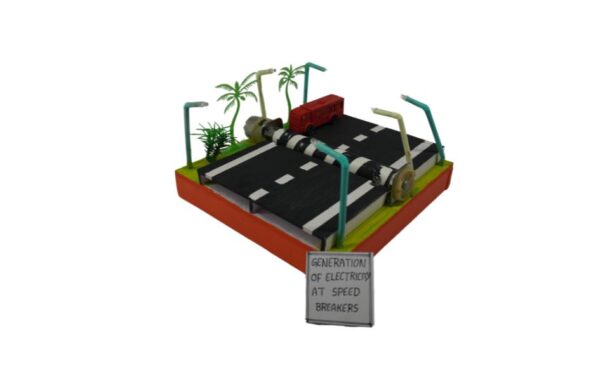
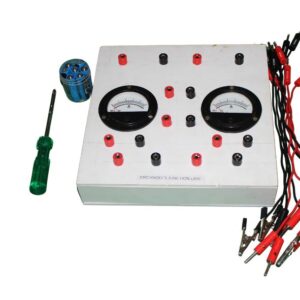
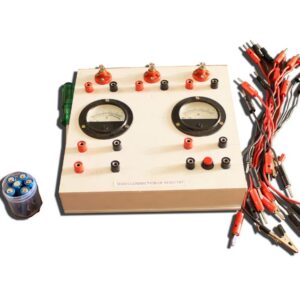
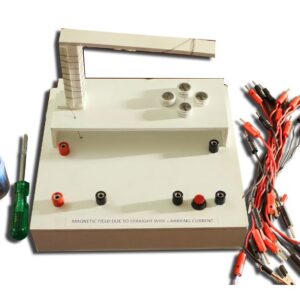
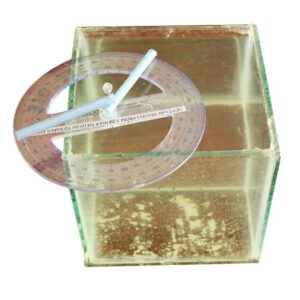
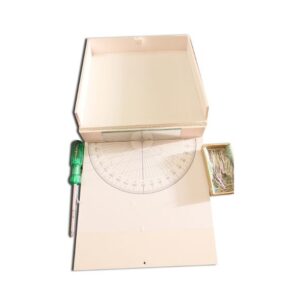
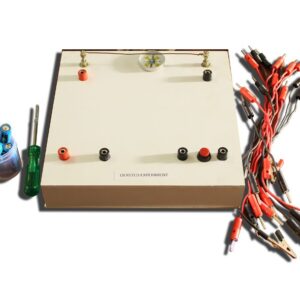
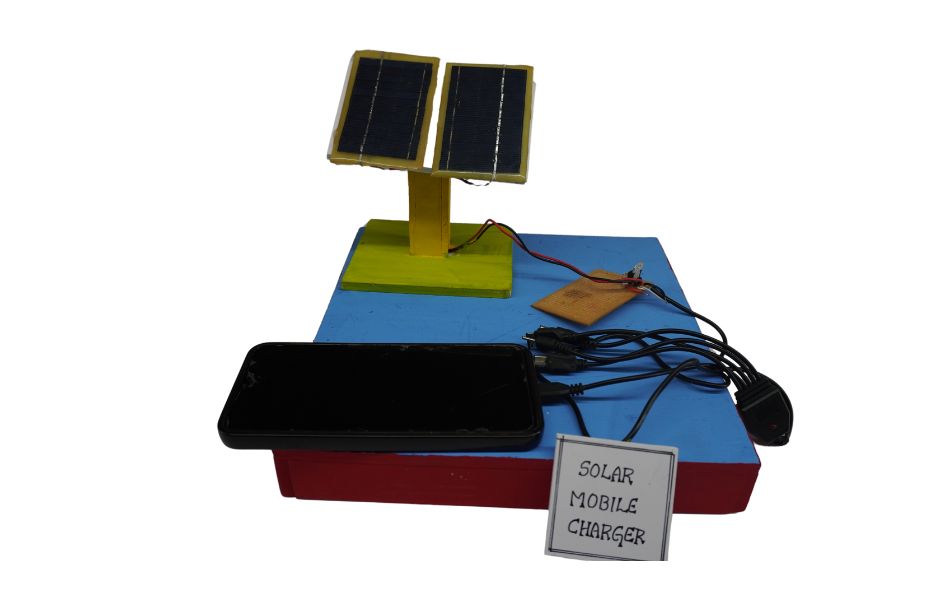
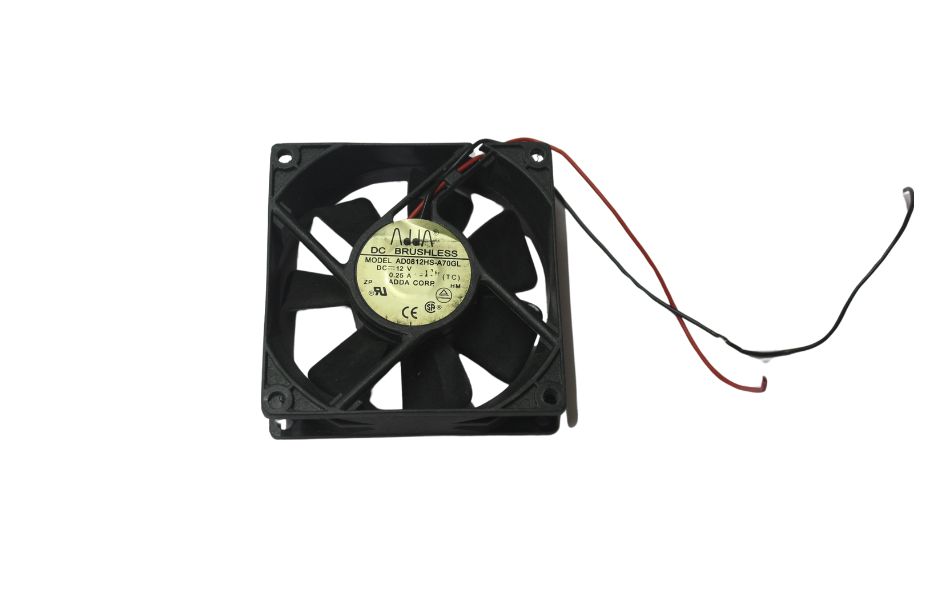
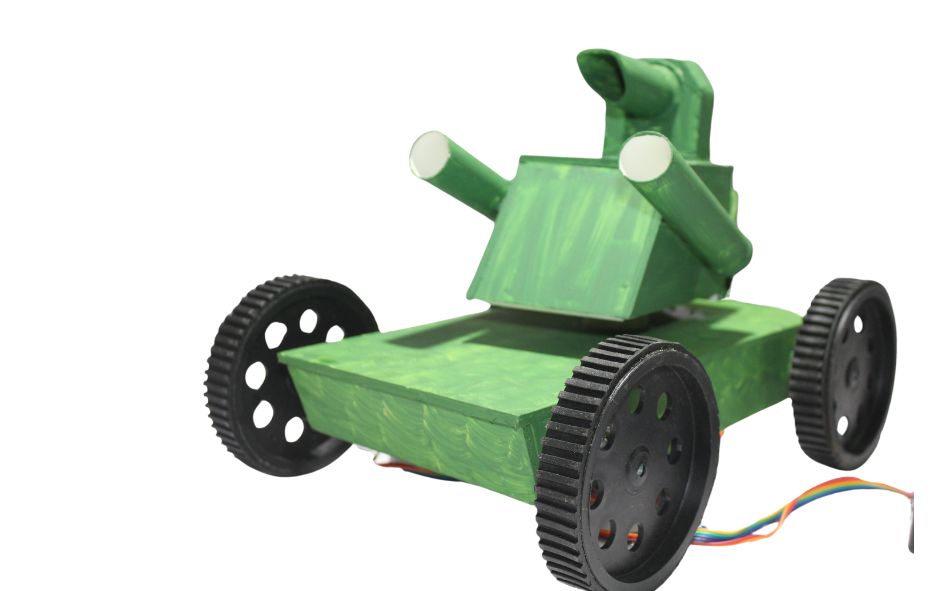
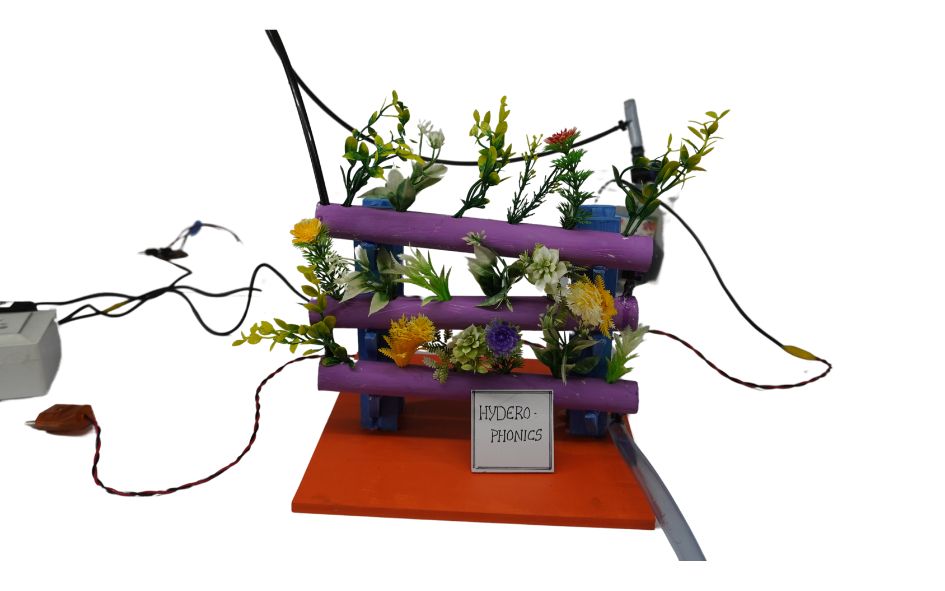
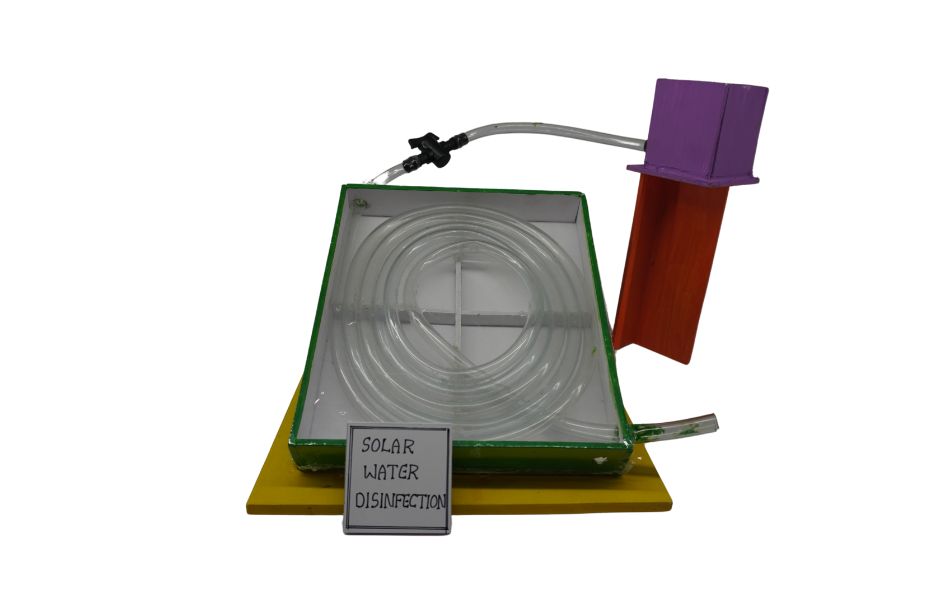

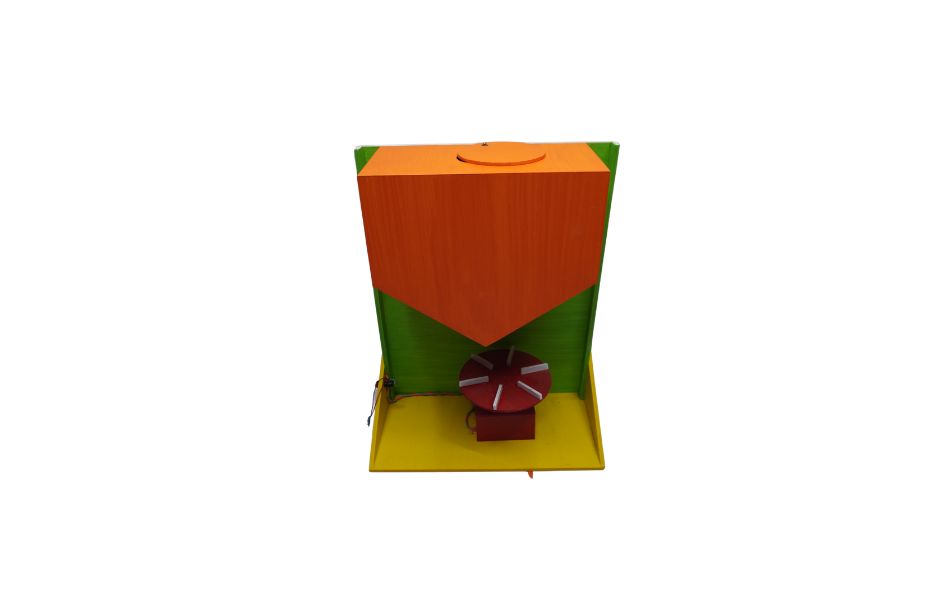
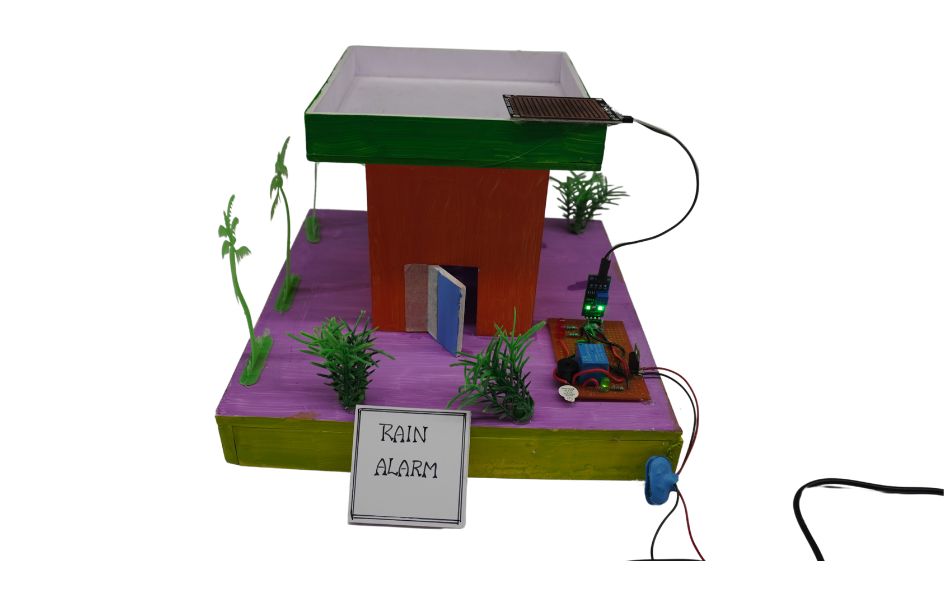
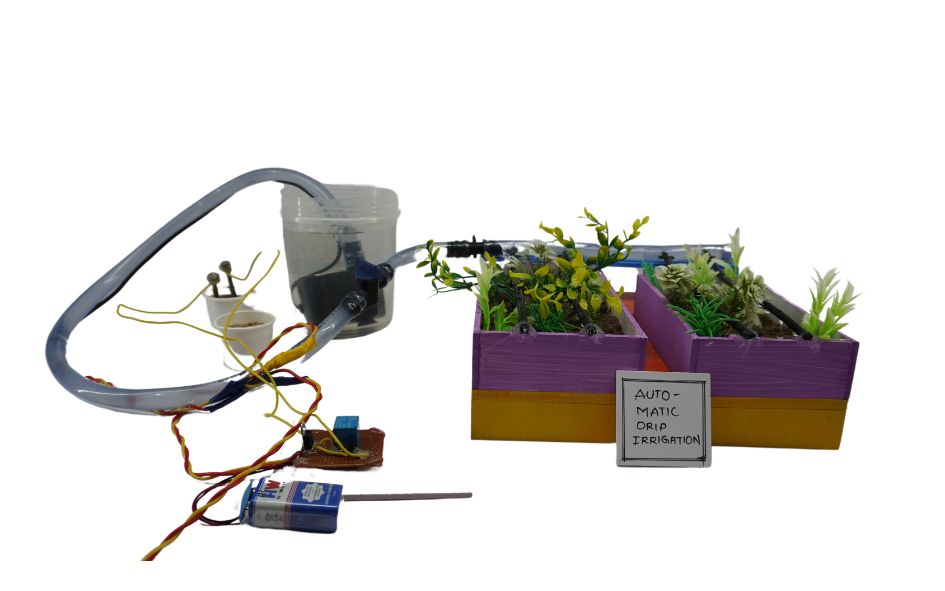
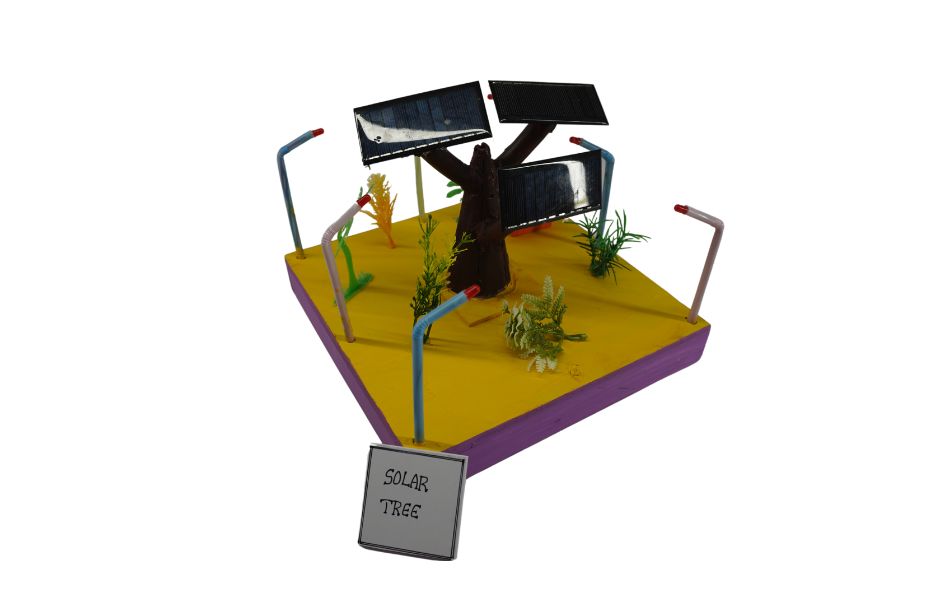

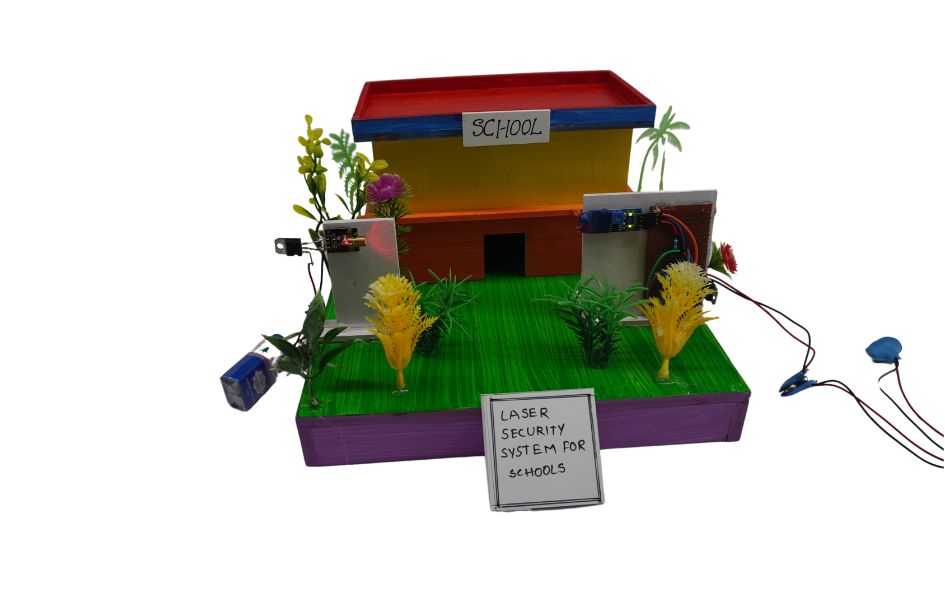
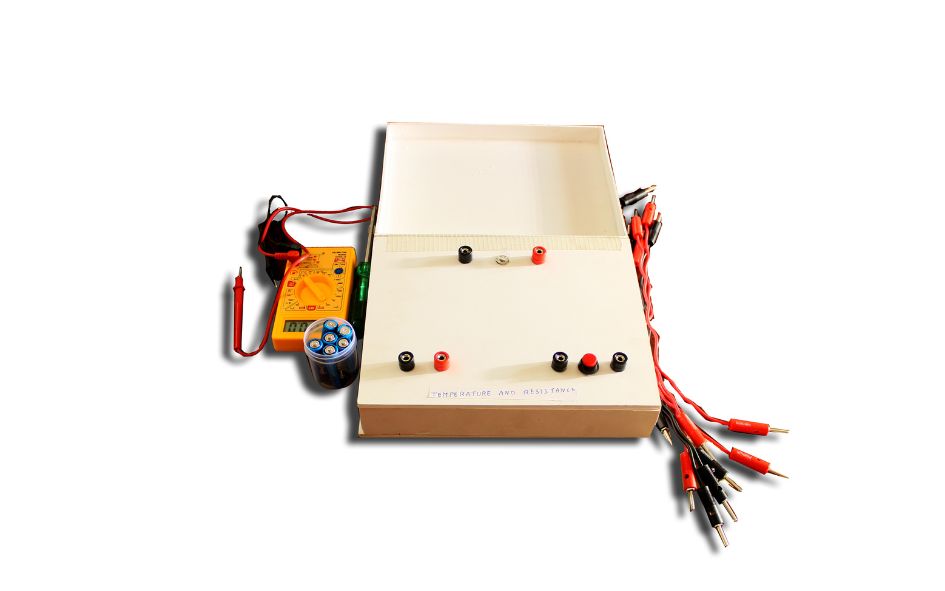
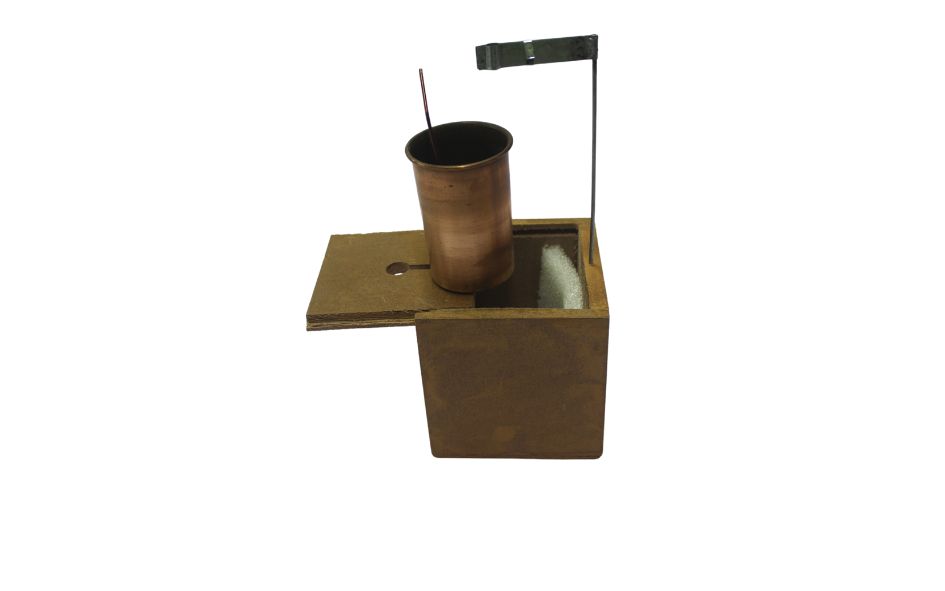
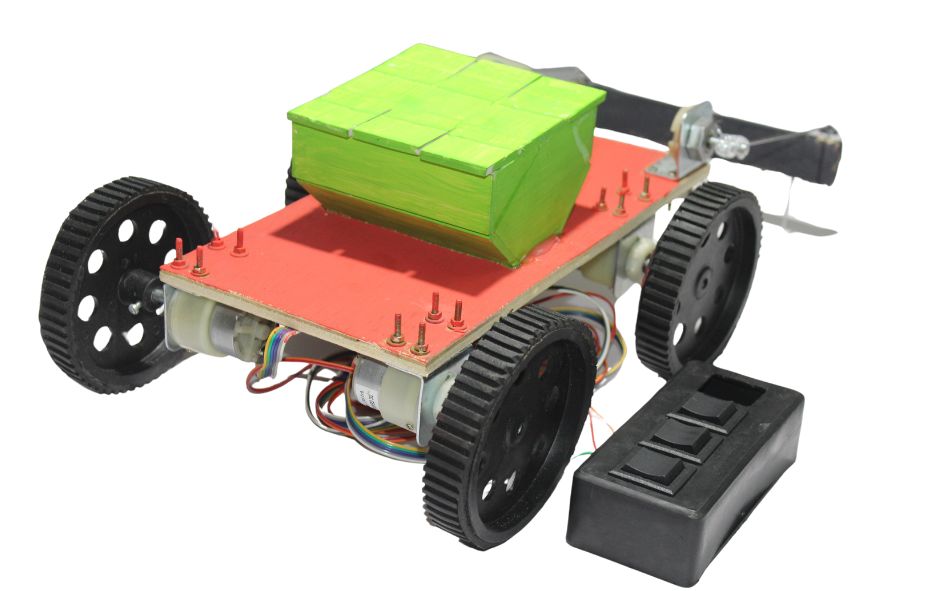
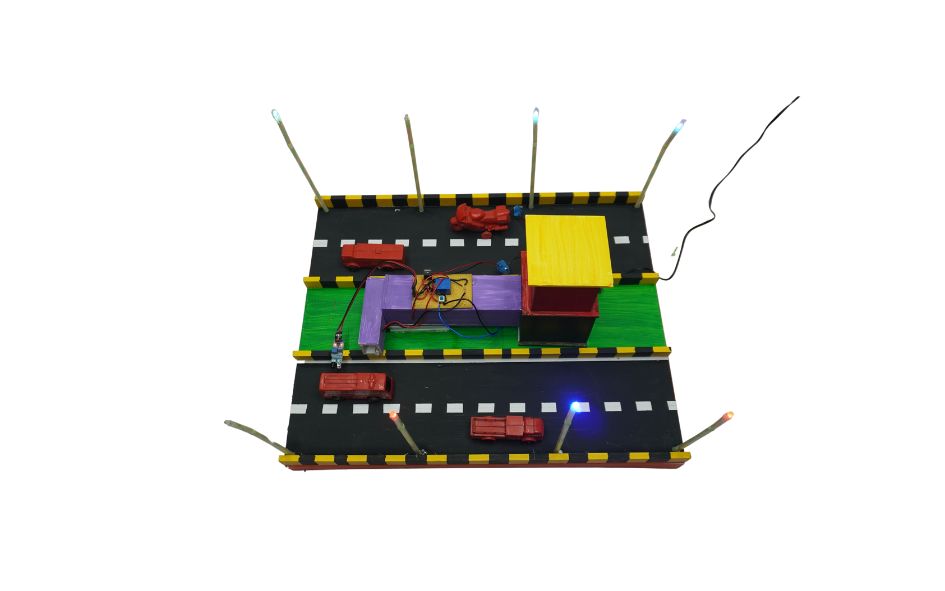
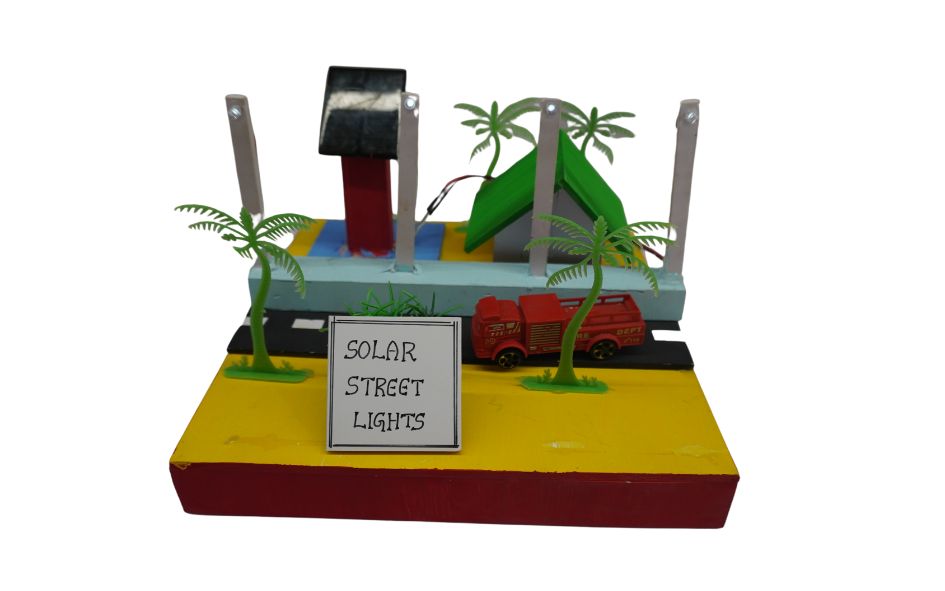
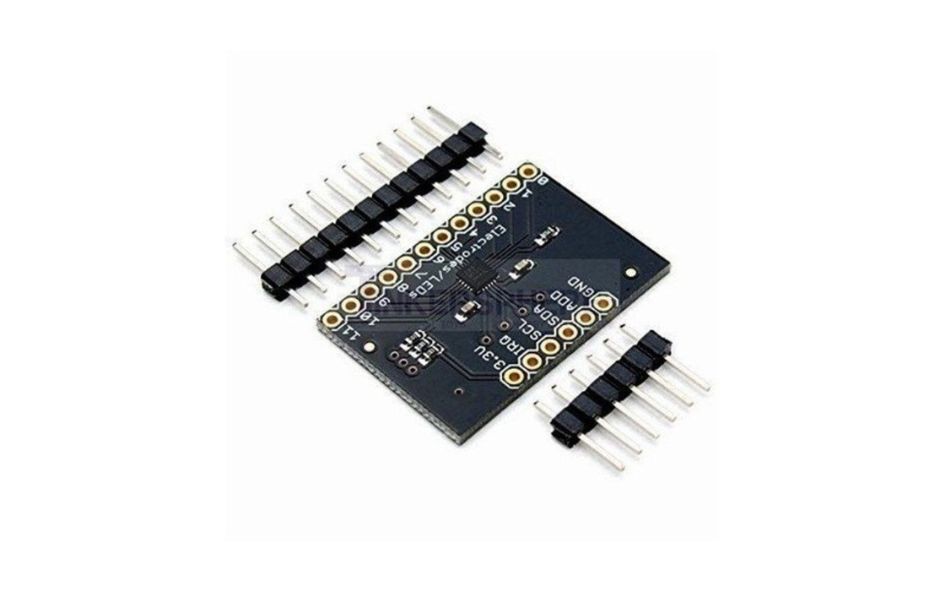

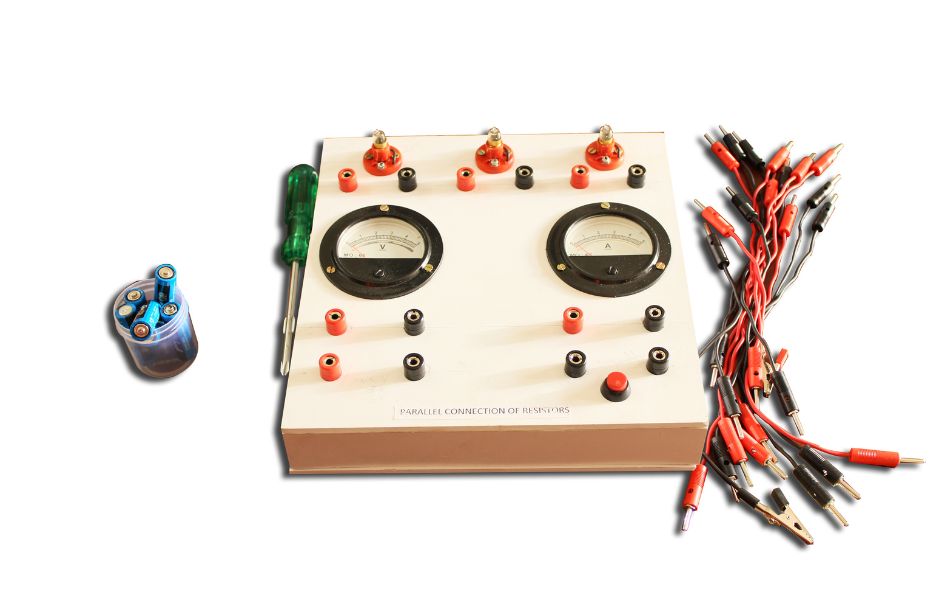
Reviews
There are no reviews yet